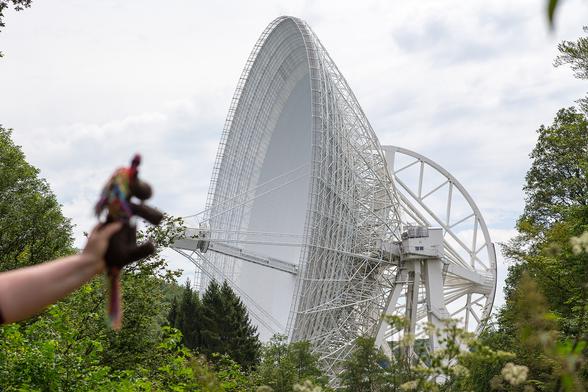𝐑𝐚𝐝𝐢𝐨 𝐭𝐞𝐥𝐞𝐬𝐜𝐨𝐩𝐞 𝐠𝐥𝐨𝐬𝐬𝐚𝐫𝐲: Technical terms relating to radio telescopes 📡
📡 𝐏𝐚𝐫𝐚𝐛𝐨𝐥𝐢𝐜 𝐌𝐢𝐫𝐫𝐨𝐫 is the massive “dish” that collects radio waves, reflects them in parallel, and focuses them onto a single point – the focal point.
📍 𝐏𝐫𝐢𝐦𝐚𝐫𝐲 𝐅𝐨𝐜𝐮𝐬 𝐂𝐚𝐛𝐢𝐧 serves as the base for data collection and acts as the focal point where incoming radio waves are concentrated. At Effelsberg, several receivers are installed - depending on the frequency range - in either the primary or secondary focus cabin.
🎯 𝐅𝐨𝐜𝐚𝐥 𝐏𝐨𝐢𝐧𝐭 is the spot where all light or radio waves reflected by a convex lens or parabolic mirror converge.
📶 𝐑𝐞𝐜𝐞𝐢𝐯𝐞𝐫 converts radio waves into measurable data for scientific research. Its main task: to amplify the extremely weak signals from space just enough to make them detectable.
❄️ 𝐂𝐨𝐨𝐥𝐢𝐧𝐠 is necessary to reduce the noise generated by the receivers themselves, they are cooled. Using helium as a coolant, extremely low temperatures of around -260° Celsius can be reached.
🎛️ 𝐄𝐥𝐞𝐯𝐚𝐭𝐢𝐨𝐧 𝐚𝐧𝐝 𝐀𝐳𝐢𝐦𝐮𝐭𝐡 describe how a (radio) telescope is aimed:
⬆️⬇️ Elevation = up and down
⬅️➡️Azimuth = left and right
Both values are given in degrees.
#WasHeißtDasEigentlich #Radioteleskop #Effelsberg
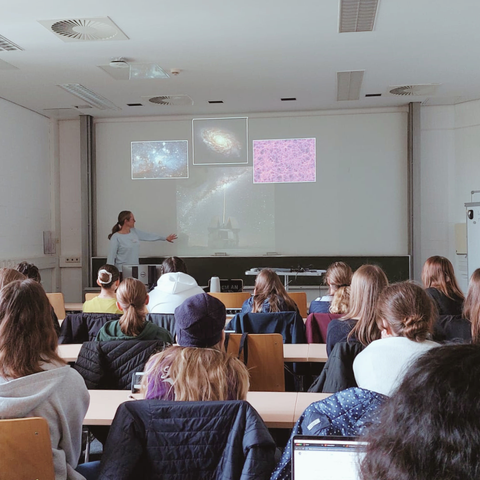
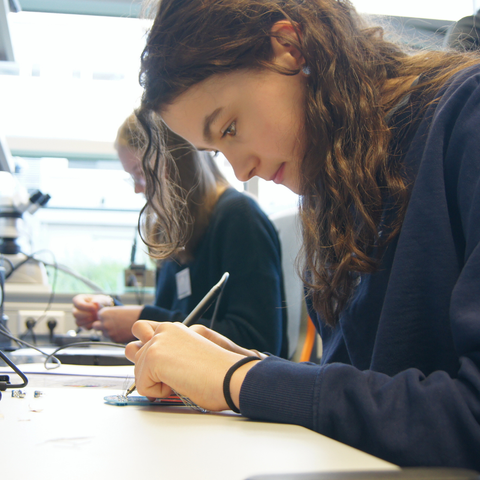
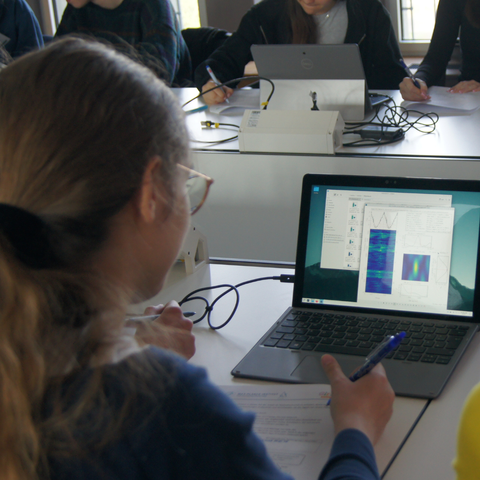


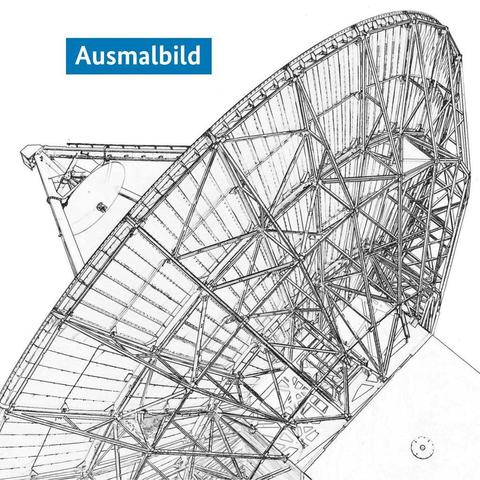
![Das Bild zeigt Max Horn, das bunte Strickhorn, in der linken unteren Ecke des Bildes, der in die Richtung eines beeindruckenden Radioteleskops schaut. Das Radioteleskop Effelsberg erhebt sich majestätisch in die Höhe, sein riesiger Parabolspiegel dominiert die Szene. Der Himmel ist leicht bewölkt, was einen Kontrast zur weißen Struktur des Teleskops bildet. Umgeben von Bäumen und Grünflächen, scheint das Teleskop aus der Natur herauszuwachsen. Max Horn wird von einer Hand gehalten und wirkt fasziniert von der technischen Konstruktion vor ihm. [ChatGPT4o]
In diesem Bild liegt die Schärfe auf Max, die große Schüssel verschwimmt unscharf im Hintergrund.](https://files.mastodon.social/cache/media_attachments/files/112/814/231/642/871/228/small/f810699252033c7a.jpg)
